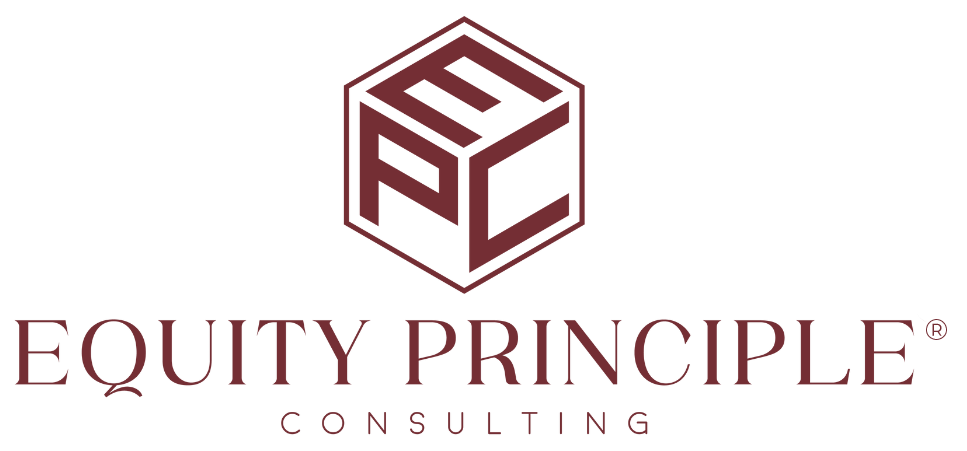Workplace
How to Embrace the Fear of Making Mistakes in DE&I
The journey toward a genuinely inclusive workplace is marked by both successes and mistakes; embracing the fear of making mistakes can fundamentally shift organizational dynamics. This fear, if harnessed constructively, becomes a powerful catalyst for growth and innovation. Recognizing that errors from leadership or the broader employee base are invaluable, leaders can foster environments that…
Read MoreInstitutional Neutrality: The Subtle Adversary of Diversity and Equity
Institutional neutrality refers to organizations deliberately choosing not to take a stance on social, political, or cultural issues. Often perceived as a balanced approach, this neutrality can inadvertently uphold inequality and oppression, particularly impacting marginalized groups within these organizations. Neutrality is a conscious decision to avoid alienating any group, distinguishing it from mere inaction. Yet,…
Read MoreIntegrating DE&I into Core Business Strategies: A Practical Guide
Leaders deeply committed to cultivating inclusive workplace cultures know that integrating diversity, equity, and inclusion (DE&I) principles into core business strategies is critical to successful DE&I outcomes. When DE&I principles are woven into the fabric of business strategies, organizations can more effectively mirror the diverse world we live in, thus enhancing their relevance, reach, and impact. …
Read MoreThe Uncomfortable Reality of Generational Bias in the Workplace
In our continuous journey toward creating inclusive and equitable workplaces, we often encounter less talked about yet profoundly impactful hurdles. One such hurdle is generational bias—a subtle, sometimes unconscious bias that significantly influences our interactions, decision-making, and workplace policies. Like many examples of bias, generational bias in the workplace isn’t always overt. It’s not just…
Read MoreThe #FutureofWork: Shifting to a 4-day Workweek
In a world where employee burnout is escalating, forward-thinking organizations are spearheading a not-so-new concept to enhance employee well-being: the adoption of a 4-day workweek. This innovative approach is not uniform; it varies from one organization to another. Some opt for a 32-hour schedule spread across four days, whereas others squeeze the traditional 40 hours…
Read More





